Your cart is currently empty!
The way we live is evolving faster than ever, and by 2030, our homes will be smarter, more connected, and more sustainable than we ever imagined. From AI-powered home automation to energy-efficient ecosystems, the future of smart living solutions is all about making life easier, greener, and more enjoyable. In this guide, we’ll explore the top trends and technologies that will shape the homes of tomorrow. Whether you’re a tech enthusiast or just curious about the future, these innovations will inspire you to rethink how you live.
1. AI-Powered Home Assistants
By 2030, AI-powered home assistants will be more intuitive and integrated than ever. These systems will not only respond to voice commands but also anticipate your needs based on your habits and preferences.

How It Works:
- Machine Learning Algorithms: These assistants will use advanced machine learning to analyze your daily routines, such as when you wake up, leave for work, or go to bed. Over time, they’ll predict your needs and automate tasks like adjusting the thermostat, turning on lights, or playing music.
- Natural Language Processing (NLP): Improved NLP will enable more natural and conversational interactions, allowing you to ask complex questions or give multi-step commands.
Why It’s a Game-Changer:
- Context-Aware Automation: The system will understand context, like knowing to lower the blinds when you start a movie or turning off lights when you leave the house.
- Seamless Integration: It will connect with other smart devices, creating a unified ecosystem that works together effortlessly.
2. Energy-Efficient Smart Homes
Sustainability will be at the heart of smart living solutions 2030. Homes will be equipped with energy-efficient systems that reduce waste and lower utility bills.

How It Works:
- Smart Grid Integration: Homes will connect to smart grids, allowing them to draw energy during off-peak hours when it’s cheaper and cleaner.
- Energy Storage Systems: Advanced batteries, like the Tesla Powerwall, will store excess solar energy for use during peak hours or power outages.
- Real-Time Energy Monitoring: IoT-enabled sensors will track energy usage in real-time, providing insights and recommendations to optimize consumption.
Why It’s Essential:
- Net-Zero Homes: These systems will enable homes to produce as much energy as they consume, reducing reliance on fossil fuels.
- Cost Savings: By optimizing energy use, homeowners can significantly lower their utility bills.
3. Connected Home Ecosystems
In 2030, connected home ecosystems will bring all your devices together under one platform. From smart lights to security cameras, everything will work in harmony.

How It Works:
- Unified Protocols: Devices will use standardized communication protocols like Matter (formerly Project CHIP) to ensure compatibility across brands.
- Centralized Hubs: A single hub or app will control all devices, allowing you to manage your home from one interface.
- Inter-Device Communication: Devices will “talk” to each other, like your smart thermostat adjusting the temperature based on data from your smart blinds and weather forecasts.
Why It’s Innovative:
- Simplified Management: No more juggling multiple apps—everything is controlled from one place.
- Enhanced Functionality: Devices will work together to create a more intuitive and efficient living environment.
4. Advanced Home Security Systems
Home security will reach new heights with AI-driven surveillance and biometric access. These systems will offer unparalleled protection and convenience.
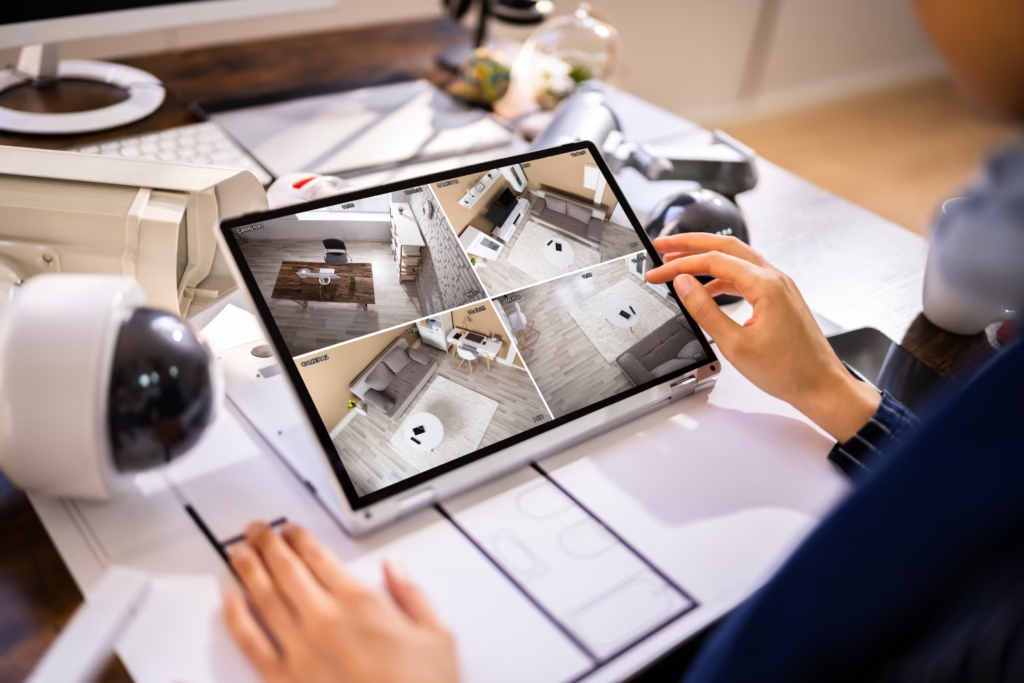
How It Works:
- Facial Recognition: Cameras will use AI to identify familiar faces and alert you to strangers.
- Biometric Locks: Fingerprint and retina scanners will replace traditional keys, offering secure and keyless entry.
- Predictive Analytics: AI will analyze patterns to detect potential threats, like a package left unattended or unusual activity around your property.
Why It’s a Must-Have:
- Proactive Security: Instead of reacting to incidents, these systems will prevent them before they happen.
- Convenience: No more fumbling for keys—your home will recognize you and grant access automatically.
5. Smart Furniture and Space Optimization
By 2030, smart furniture will transform small spaces into multifunctional living areas. Think foldable tables, modular sofas, and wall-mounted desks.
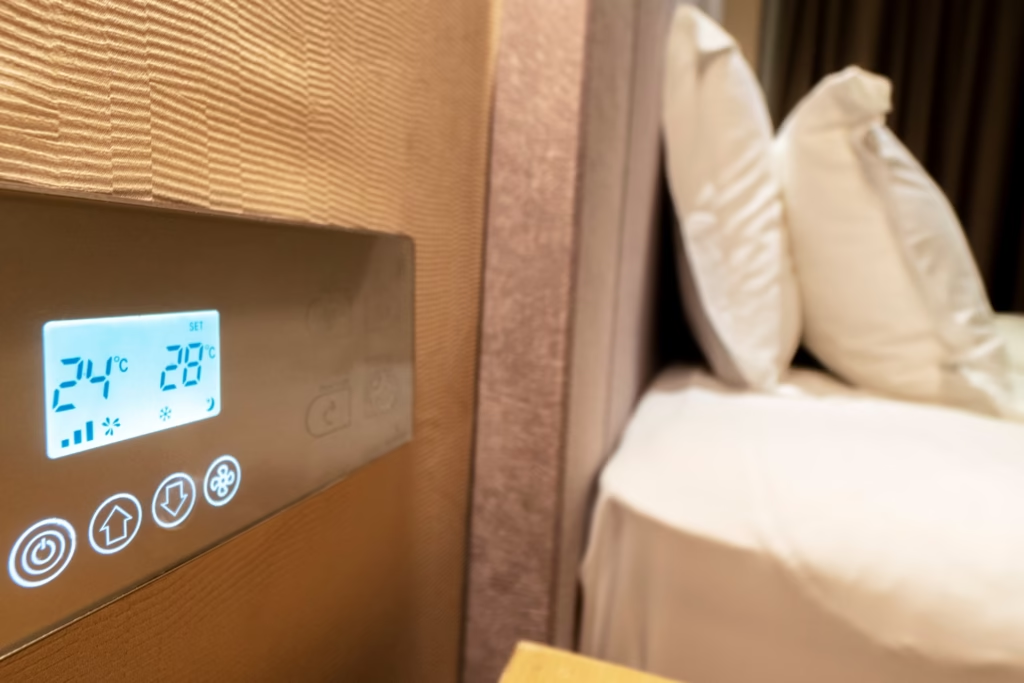
How It Works:
- Robotic Mechanisms: Furniture will use motorized components to transform based on your needs, like a bed that converts into a sofa or a table that folds into the wall.
- IoT Integration: Smart furniture will connect to your home ecosystem, allowing you to control it via voice commands or an app.
Why It’s Transformative:
- Maximized Space: Perfect for urban living, where space is at a premium.
- Customizable Layouts: Adapt your home to different activities, like working, dining, or relaxing.
6. Health-Focused Smart Homes
Homes will prioritize your well-being with health-monitoring devices and air quality sensors. These technologies will create a healthier living environment.
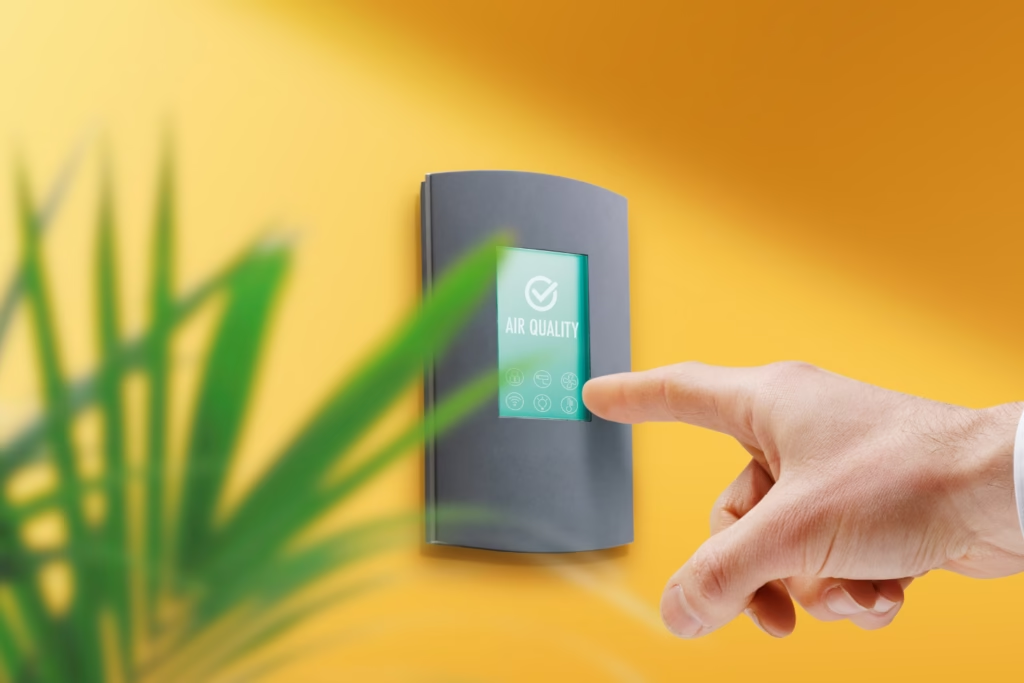
How It Works:
- Air Quality Sensors: These devices will monitor levels of CO2, VOCs, and humidity, adjusting your HVAC system to maintain optimal conditions.
- Wearable Integration: Data from your smartwatch or fitness tracker will sync with your home system, adjusting lighting, temperature, and even music to support your well-being.
Why It’s Life-Changing:
- Improved Health: Cleaner air and personalized environments can reduce allergies, improve sleep, and boost productivity.
- Proactive Alerts: Get notified if air quality drops or if your home detects signs of illness, like elevated heart rate or irregular sleep patterns.
7. Voice-Controlled Everything
Voice control will become even more pervasive, with voice-activated appliances and smart mirrors making everyday tasks easier.

How It Works:
- Far-Field Microphones: These will allow you to control devices from anywhere in the room, even with background noise.
- Multi-Device Synchronization: Voice commands will trigger multiple actions, like saying “Good morning” to turn on lights, start the coffee maker, and read the news.
Why It’s Revolutionary:
- Hands-Free Convenience: Control your home without lifting a finger.
- Accessibility: Makes technology more accessible for people with disabilities or mobility issues.
8. Sustainable Smart Kitchens
The kitchens of 2030 will be eco-friendly and high-tech, featuring smart appliances that reduce waste and save energy.
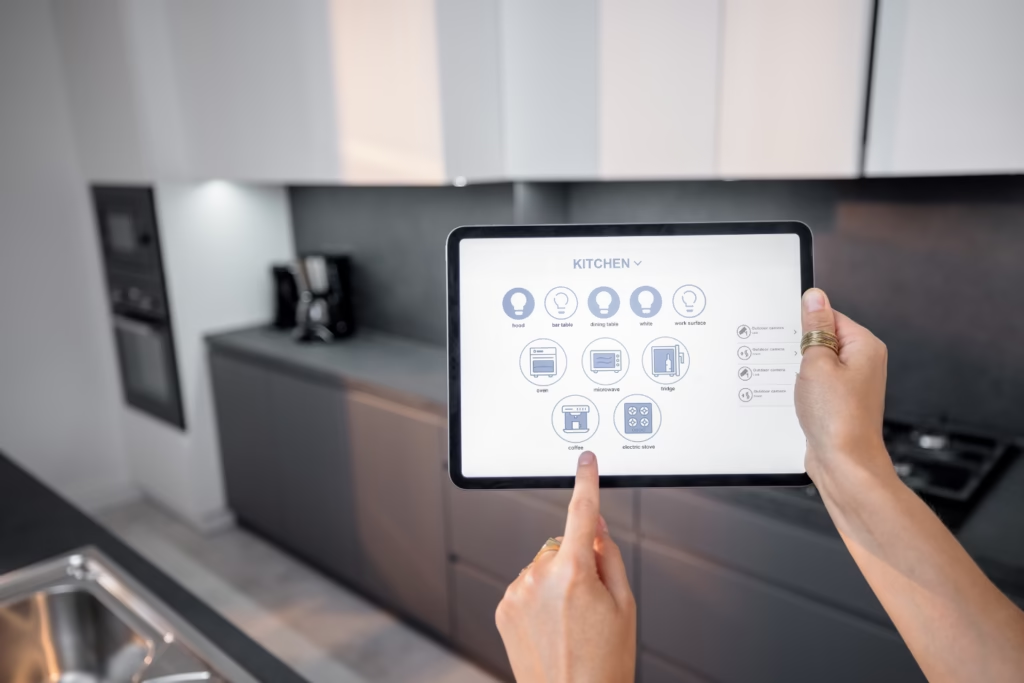
How It Works:
- Smart Fridges: Equipped with cameras and AI, these fridges will track food expiration dates, suggest recipes based on available ingredients, and even order groceries automatically.
- Energy-Efficient Appliances: Induction cooktops, convection ovens, and dishwashers will use advanced sensors to optimize energy use.
Why It’s a Game-Changer:
- Reduced Food Waste: Smart tracking ensures you use ingredients before they spoil.
- Energy Savings: Appliances will operate at peak efficiency, lowering your carbon footprint.
9. Augmented Reality (AR) for Home Design
Augmented reality will revolutionize home design, allowing you to visualize changes before making them.
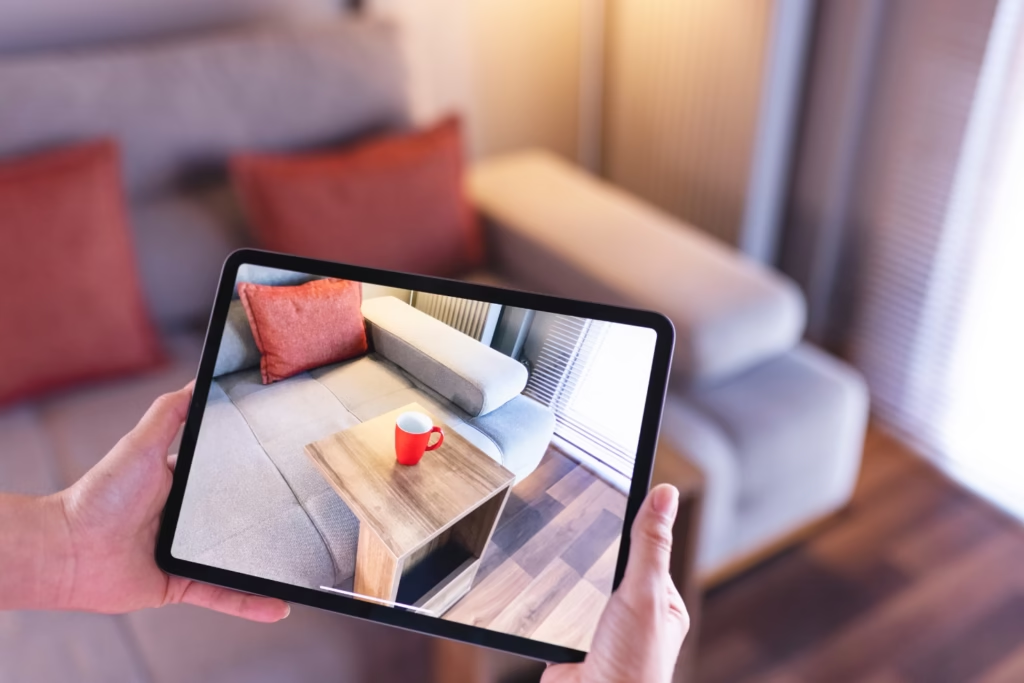
How It Works:
- 3D Mapping: AR apps will use your smartphone or AR glasses to create a 3D map of your space.
- Virtual Overlays: You’ll see virtual furniture, paint colors, and decor overlaid on your real environment, helping you make informed decisions.
Why It’s Innovative:
- No More Guesswork: See exactly how changes will look before committing.
- Cost-Effective: Avoid costly mistakes by testing ideas virtually.
10. Self-Healing Smart Homes
By 2030, homes will be equipped with self-healing technologies that detect and fix issues like leaks or electrical faults.
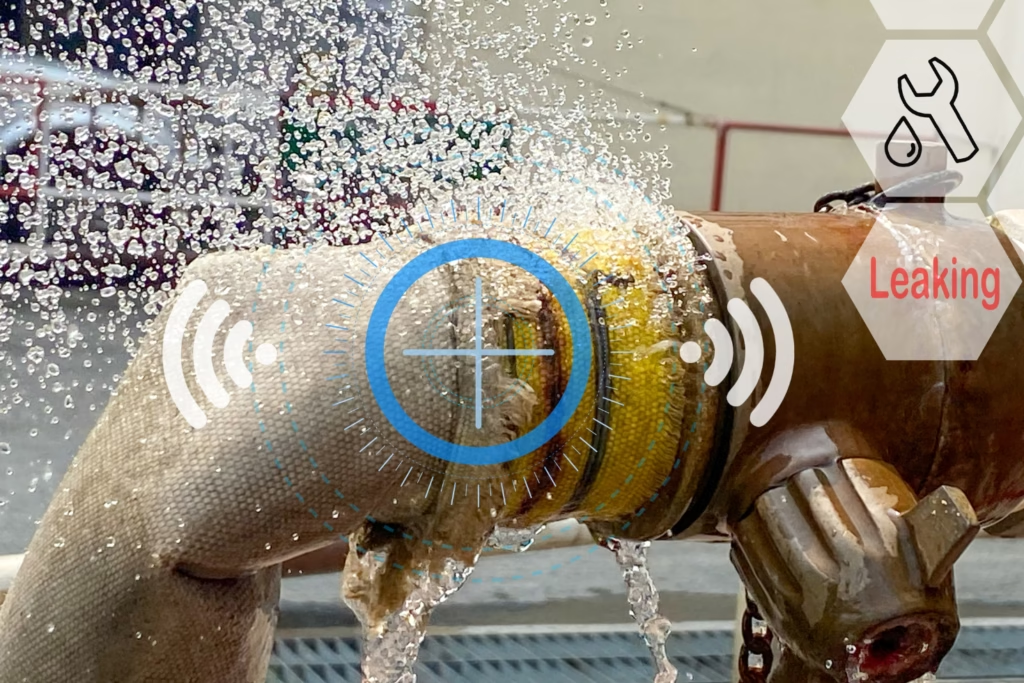
How It Works:
- IoT Sensors: These will monitor your home’s systems, detecting anomalies like water leaks or faulty wiring.
- Automated Repairs: Smart valves will shut off water in case of a leak, while self-diagnosing electrical systems will reroute power to avoid outages.
Why It’s Essential:
- Prevent Damage: Catch and fix issues before they become costly problems.
- Peace of Mind: Your home will maintain itself, reducing the need for constant monitoring.
Conclusion:
The future of smart living solutions is all about innovation, sustainability, and convenience. From AI-powered assistants to self-healing homes, these technologies will transform how we live, making our homes smarter, greener, and more efficient. Ready to embrace the future? Explore Homezapiens’ collection of smart home solutions and start building the home of tomorrow today.
Looking for more inspiration? Check out our blog post on Small Apartments layout ideas to discover even more ways to upgrade your home.
One response to “Smart Living Solutions by 2030: Redefining Home Life”
-
An amazing guide to future living! I am a big fan of smart homes. I think this is indeed the way all houses will be in 30 years
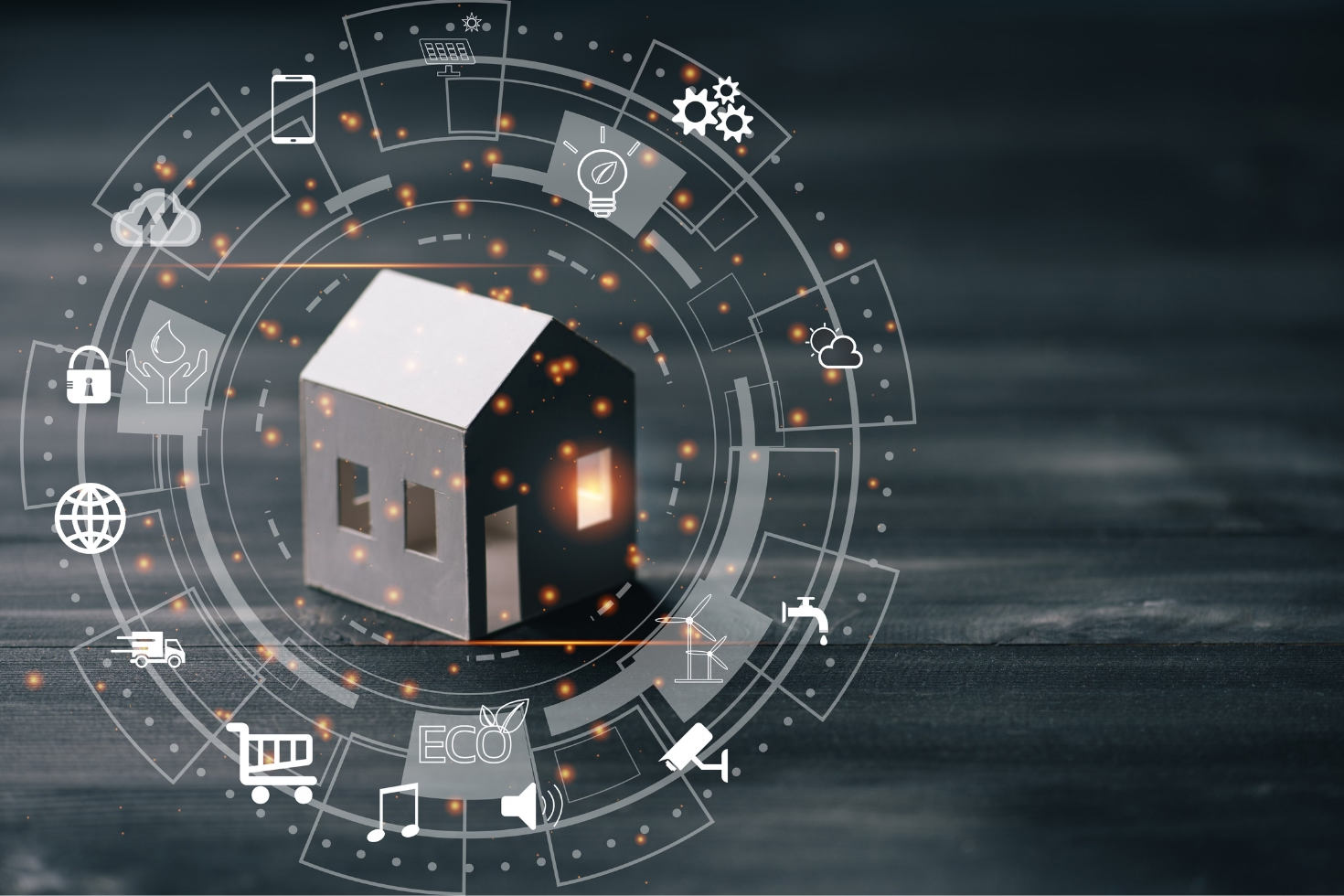
Leave a Reply